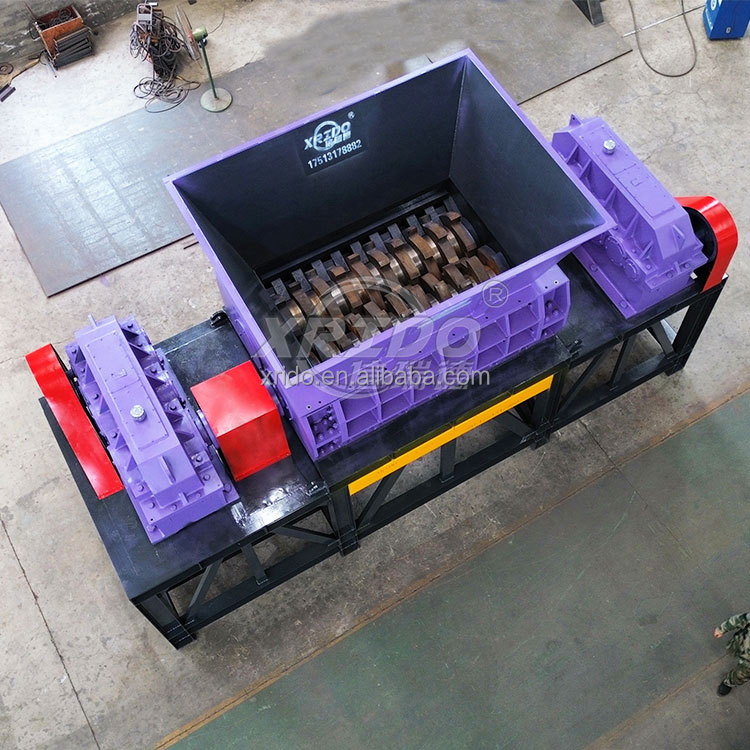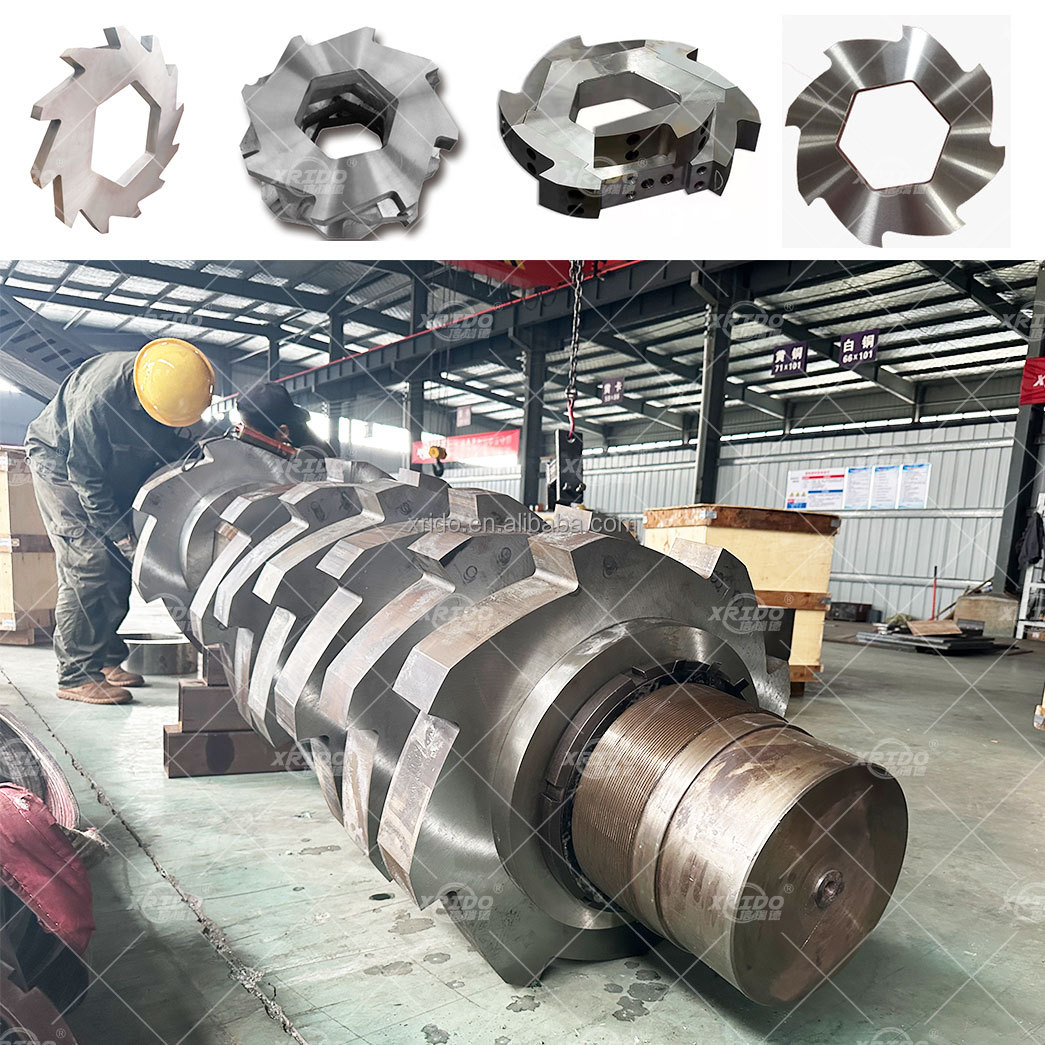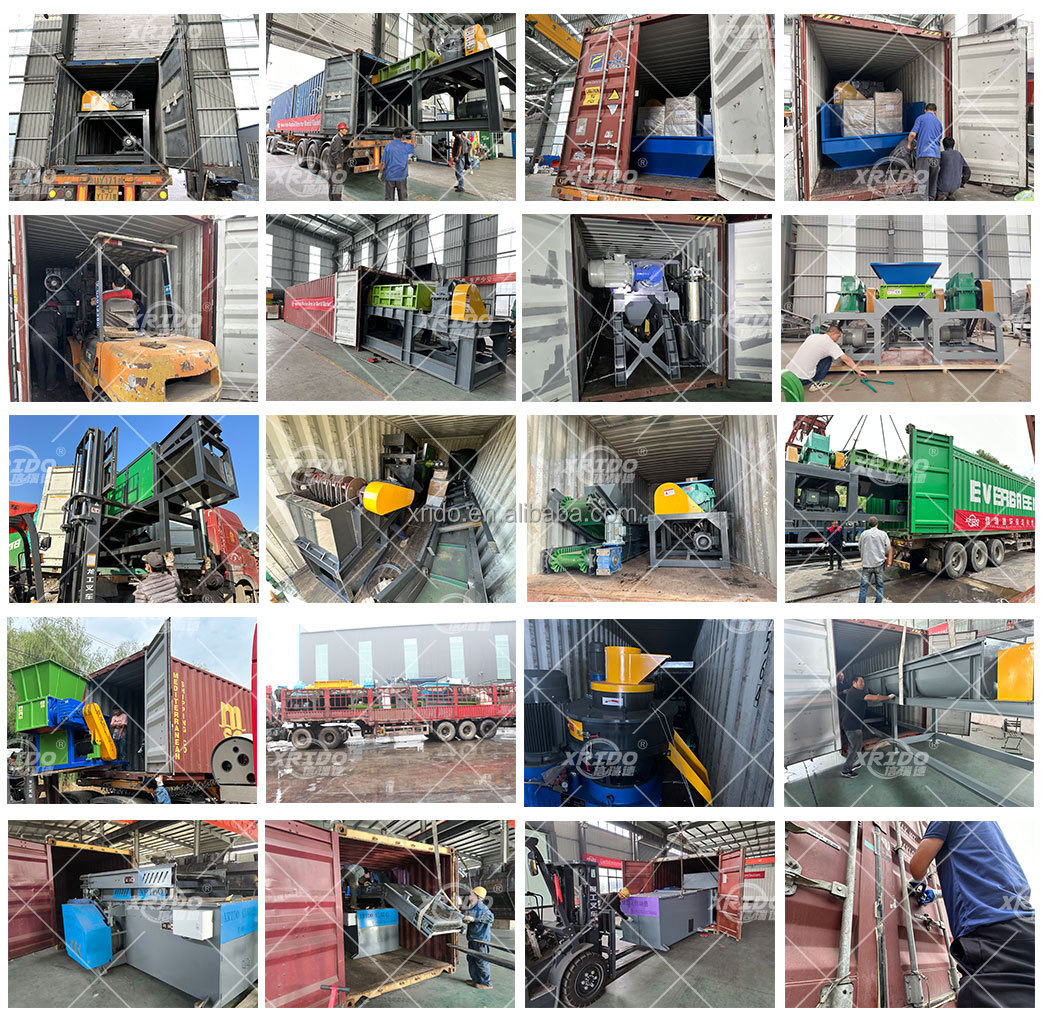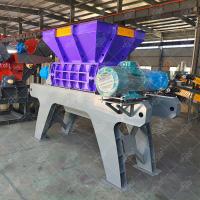Against the backdrop of the increasing awareness of global resource
recycling and environmental protection, HenanXrido Environmental
Protection Technology Co., Ltd., as a leading enterprise in the
industry, has always taken "innovation drives green development,
and technology protects our beautiful home" as its mission, deeply
engaged in the field of solid waste disposal and renewable resource
recycling, and is committed to providing customers with efficient,
environmentally friendly and intelligent one-stop solutions. With
its outstanding technical strength, rich product system and
high-quality services,Xrido has become a trusted brand in the
industry.
Since its establishment,Xrido has occupied an important position in
the fields of solid waste disposal, urban domestic waste sorting
and recycling, and renewable resource recycling equipment
manufacturing after years of steady development. The company has a
modern production base and advanced production equipment, and has
brought together a group of high-quality R&D, production and
management talents. With its accurate grasp of industry trends and
continuous technological innovation,Xrido has continuously launched
high-quality products and solutions that meet market demand, with
its business scope covering the whole country and gradually
expanding to the international market.
The company attaches great importance to technological research and
development and innovation, has established a complete R&D
system, and has carried out in-depth cooperation with many
universities and scientific research institutions to continuously
improve its own technical level. At present,Xrido has obtained a
number of national patents and authoritative certification
certificates. These patents and certificates are not only a strong
proof of the company's technical strength, but also lay a solid
foundation for the company in market competition.
One-stop solid waste disposal solution
The one-stop solid waste disposal solution provided by Xrido covers
the whole process from solid waste collection, crushing, sorting to
final treatment. The company formulates personalized disposal
solutions for different types of solid waste, such as industrial
waste, construction waste, domestic waste, etc., to ensure that
solid waste is treated safely, efficiently and environmentally
friendly.
In terms of solid waste disposal equipment, Xrido has a series of
star products. The double-shaft shredder adopts a unique
double-shaft design and has a strong crushing capacity. It can
easily crush various large and hard solid wastes into small pieces.
It is suitable for the crushing of industrial waste, waste wood,
etc.; the industrial waste shredder is specially designed for
various types of waste generated in the industrial production
process, which can effectively improve the crushing efficiency and
reduce energy consumption; the solid waste crushing material
sorting machine can accurately sort the crushed solid waste and
separate materials of different materials for subsequent recycling
or harmless treatment; the RDF briquetting machine can make solid
waste into fuel rods with a certain calorific value to realize the
energy utilization of solid waste; the waste baler can compress
solid waste into compact blocks, which is convenient for storage
and transportation and reduces the floor space.
Waste crushing, sorting and recycling system:
| |
| Waste Metal Recycling System | Electronic Waste Recycling System |
| |
| Solid Waste Disposal System | RDF Briquetting System |
Renewable resource recycling solutions
With the increasingly severe problem of resource shortage, the
recycling of renewable resources has become an important way to
achieve sustainable development. Xrido focuses on the research and
development and production of renewable resource recycling
equipment, providing customers with complete renewable resource
recycling solutions to help the recycling of resources.
The company's renewable resource equipment is rich in variety and
excellent in performance. Metal shredders and metal crushers can
quickly break scrap metal into small pieces, improving the metal
recycling efficiency; magnetic separators use the principle of
magnetism to separate ferromagnetic substances from crushed metal
materials; eddy current separators are used for non-ferrous metals
such as aluminum and copper, and achieve efficient sorting through
eddy current effect; metal balers and metal shearing equipment can
compress and shear the recycled metals, making it easier to store
and transport, and reducing recycling costs.
Metal Crushing Recycling Plant
We can customize metal crushing and recycling production line for
you.
| |
| Scrap Metal Shredder Sorting Line | Waste Aluminum Crushing Production Line |
| |
| Water Radiator Crushing Sorting Line | UBC Aluminum Cans Decoating Machine |
Other Metal Recycling Machine
Renewable resource recycling solutions
With the increasingly severe problem of resource shortage, the
recycling of renewable resources has become an important way to
achieve sustainable development. Xrido focuses on the research and
development and production of renewable resource recycling
equipment, providing customers with complete renewable resource
recycling solutions to help the recycling of resources.
The company's renewable resource equipment is rich in variety and
excellent in performance. Metal shredders and metal crushers can
quickly break scrap metal into small pieces, improving the metal
recycling efficiency; magnetic separators use the principle of
magnetism to separate ferromagnetic substances from crushed metal
materials; eddy current separators are used for non-ferrous metals
such as aluminum and copper, and achieve efficient sorting through
eddy current effect; metal balers and metal shearing equipment can
compress and shear the recycled metals, making it easier to store
and transport, and reducing recycling costs.
Success Cases
Xrido's products and solutions have been successfully applied in
many projects and have achieved significant economic and social
benefits. In a solid waste disposal project in a large industrial
park, the one-stop solid waste disposal solution provided by Xrido
has achieved efficient treatment and resource utilization of
industrial waste in the park through the reasonable configuration
of double-axis shredders, solid waste crushing material sorting
machines and other equipment, which can reduce a large amount of
solid waste landfill every year, and at the same time recycle a
large amount of renewable materials, saving a lot of solid waste
treatment costs for park enterprises; in a domestic waste sorting
and recycling project in a certain city, the company's urban
domestic waste recycling equipment is combined with AI technology
to greatly improve the sorting accuracy and recycling rate of
domestic waste, effectively improve the urban environment, and make
positive contributions to the sustainable development of the city.


















